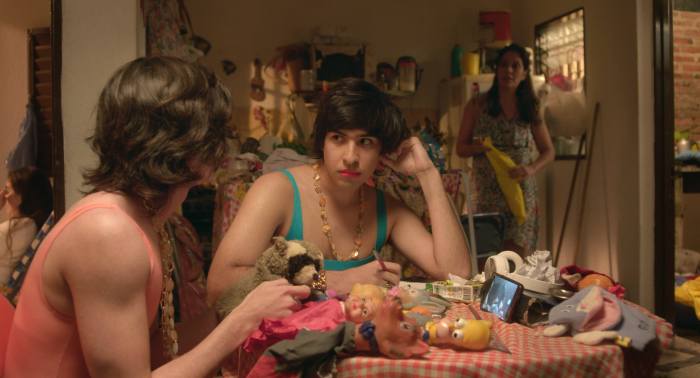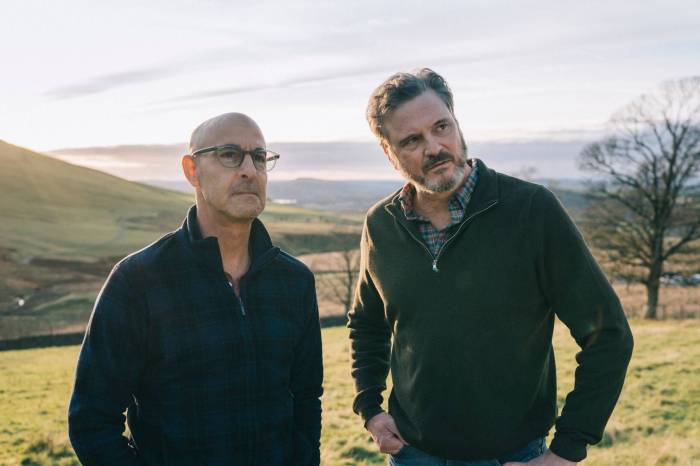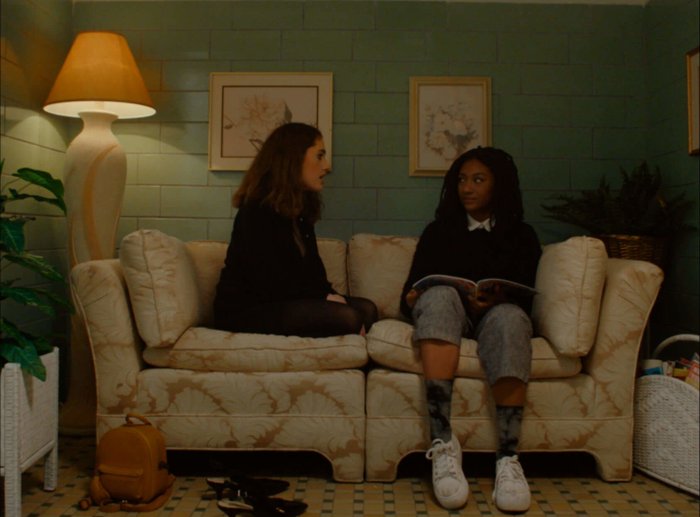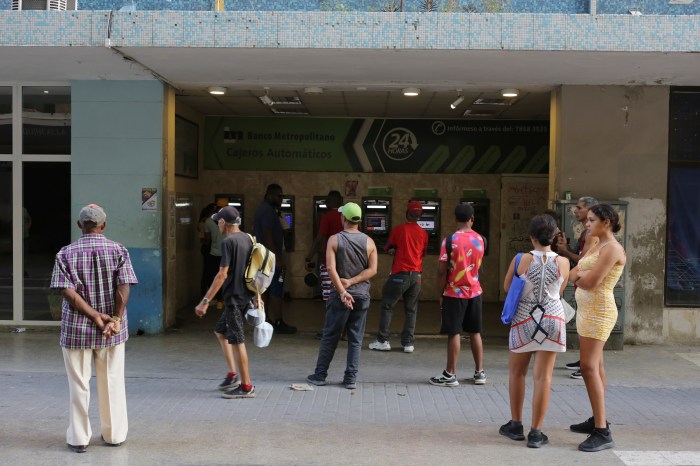Lesbian director Ulrike Ottinger’s body of work can be readily divided into two parts. She began making extravagantly campy, experimental films like “Freak Orlando” and “Ticket of No Return” when the New German Cinema movement was in full swing. While they feel much different from the work of male colleagues like Hans-Jürgen Syberberg and Werner Schroeter, they draw on a similar well of inspiration from opera and avant-garde theater. In the ‘80s, she developed a dual interest in Asian culture and ethnographic documentary. Her 1989 “Joan of Arc of Mongolia,” which follows a group of European tourists on a train suddenly hijacked by Mongolian warriors, mixes both strains and marked the major turning point in her work. She followed it with a very different film that still grew from its shoot: “Taiga,” an eight-hour documentary about Mongolian nomads.
Her latest film, “Paris Calligrammes,” casts her eye for non-fiction back on the European culture of her youth. After studying art for several years in Munich, she moved to Paris in 1962 and lived there through the end of 1968. “Paris Calligrammes” is explicitly autobiographical work, but it’s concerned with Ottinger’s artistic development while leaving her personal life off screen. (She mentions going to gay bars in a section about Paris nightlife, but otherwise does not allude to her sexuality.)
At least at first glance, the vision of Paris offered in “Paris Calligrammes” is drenched in nostalgia. Ottinger gives the spectator glamorously inviting black-and-white street scenes and views of iconic cafés like Les Deux Magots. She was able to take in the French New Wave, attending screenings at the Cinematheque Française when that wave of cinema was still new in the early ‘60s, while learning from the experience of writers and visual artists who had lived through the ‘30s and ‘40s. She hung out at the bookstore Libraire Calligrammes, after which the film is named, and apprenticed herself to Johnny Friedlaender in order to develop her skills in etching. Her style as a painter developed in a colorful direction inspired by Pop Art, with heavily stylized, cartoonish images that practically jumped off the canvas.
“Paris Calligrammes” is organized in short sections describing one aspect of Parisian life. The film conveys a euphoria about the possibilities of the ‘60s that’s extremely familiar. So is Ottinger’s Francophilia — to a certain kind of cinephile, the section where she describes getting her education in silent German and Russian films at the Cinematheque Française will sound like heaven. (Her mode of conveying her nostalgia evokes Chris Marker, although he never would’ve used this film’s style of direct, first-person narration.) But the film also tries to address the grimmer aspects of ‘60s French life.
As she moved there, France was fighting with its colony, Algeria, for independence. Alongside the hybrid docu-fictions of Jean Rouch, she praises a now-obscure documentary about the desperate life of Algerian immigrants in French slums. On October 17, 1961, the French police attacked a protest march by Algerians, killing hundreds of them and dumping their bodies in the Seine. Ottinger finds the marks of colonialism, not even hidden, in the spaces presenting the art she loved. She takes us through a lovely outdoors gallery featuring a sculpture celebrating French imperialism. The Musée de colonies, now renamed several times, was even more brazen, with its exterior decorated by art showing African people as childlike innocents giving up the wealth of their countries to France out of the kindness of their hearts. However, she could have made an entire documentary about this intersection of art and colonialism; the 20 minutes “Paris Calligrammes” devotes to the subject seem somewhat cursory.
Despite acknowledging the necessity of the May ’68 rebellion, Ottinger quickly became disgusted by its actual events, describing it here as a case of naïve youth being co-opted by communist extremists and taking things too far. She was so angry that she went back to Germany, although she soon returned to Paris to make her first film (with philosophers Louis Althusser and Pierre Bourdieu and the great Dada artist Max Ernst in the cast.)
The New German Cinema movement happened to coincide with Stonewall and the start of queer liberation around the world. Thus, its figurehead was the bisexual Rainer Werner Fassbinder, and filmmakers like Ottinger, Schroeter and Rosa von Praunheim were able to participate in it as out gay men or lesbians. Ottinger’s early films seemed inspired by a very leftfield form of second wave feminism in their defiance of realism — and, often, storytelling itself — to sidestep conventional, sexist depictions of women. “Paris Calligrammes” reveals the roots of her ideas. For her, cinema was always just one influence out of many. This documentary shows how specific images from Goya and Moreau paintings made their way into their films, while the stylization of her early work looks like an extension of her visual art. Now 78, Ottinger has come full circle, looking back at her early development as an artist and, crucially, the impact of the world around her.
“Paris Calligrammes” | Directed by Ulrike Ottinger | Icarus Films | Available in English voiceover or German voiceover with English subtitles | Streaming through Film Forum | Filmforum.org



































